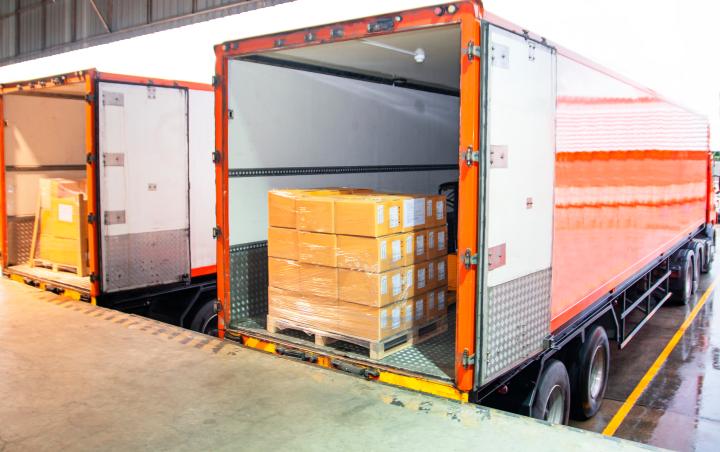
Insights
Fraud via freight exchanges is skyrocketing: Here's how to protect your business
Freight exchanges today are not just digital marketplaces for transport assignments, they’ve also become prime hunting grounds for organised criminal networks. Research by Dekeyser, a specialist in transport-related crime, shows a sharp increase in fraud reports through these platforms in recent years. This trend is echoed by insurers, who have seen an exponential rise in claims linked to theft via so-called 'fake carriers'.
The value of stolen loads can easily exceed €500,000, a severe financial blow, especially for companies who, alongside the loss of goods, may also face liability issues.

How does freight exchange fraud work?
Criminals harvest details of real carriers, often directly from freight exchanges. They then register an email address that closely resembles the original company’s, using subtle spelling changes like “logistic” instead of “logistics” or switching a letter or two. Insurance certificates and licences are sometimes forged or simply downloaded from public platforms.
With a fake email address, fraudsters approach the freight provider, often citing relevant postcodes or loading/unloading sites. In several Eastern European countries, even reputable transport firms use free email services like Gmail, which makes verification trickier. Once the job is assigned, a truck appears at the agreed location. The driver provides correct load references and paperwork, but once loaded, the shipment vanishes without a trace.
Why freight exchanges are so vulnerable
Findings show that freight exchanges act solely as facilitators, they connect parties but are not contractual entities in the transport agreement. This makes it virtually impossible to hold them liable in cases of fraud. Moreover, shipments may unknowingly be passed along the chain and reappear on an exchange platform, even without the main carrier's knowledge. In such cases, the principal carrier may be held fully responsible for any damages.
How to protect your company
Vigilance is key. Thoroughly verify contact details, check transport licences carefully, and be cautious when engaging unfamiliar subcontractors via freight exchanges. It’s advised to entrust high-value loads only to recognised, trusted partners.
Even if you've taken every precaution, you may still fall victim to fraud. In that case, speed is vital: report the incident immediately to the police, inform all parties involved, and gather as much evidence as possible (e.g. CCTV footage, emails, CMRs and other key documents).
Insurance as part of the solution
Although no insurance policy can fully rule out fraud, a solid transport insurance remains an essential safety net. Experts also point out that some types of fraud can be relatively easily avoided through better oversight and less blind trust in subcontractors. When things do go wrong—such as through poor vetting or deceptive practices—a transporter may still face significant financial damage and extensive liability. That’s why insurers increasingly include specific clauses relating to subcontractors and digital control processes—not as a hindrance, but rather as an incentive to be more vigilant throughout the transport chain.
In this context, Van Dessel’s fraud insurance can also play a key role: it offers valuable support to absorb the impact of fraudulent activities and the associated costs for the insured or the transporter.
Delen
